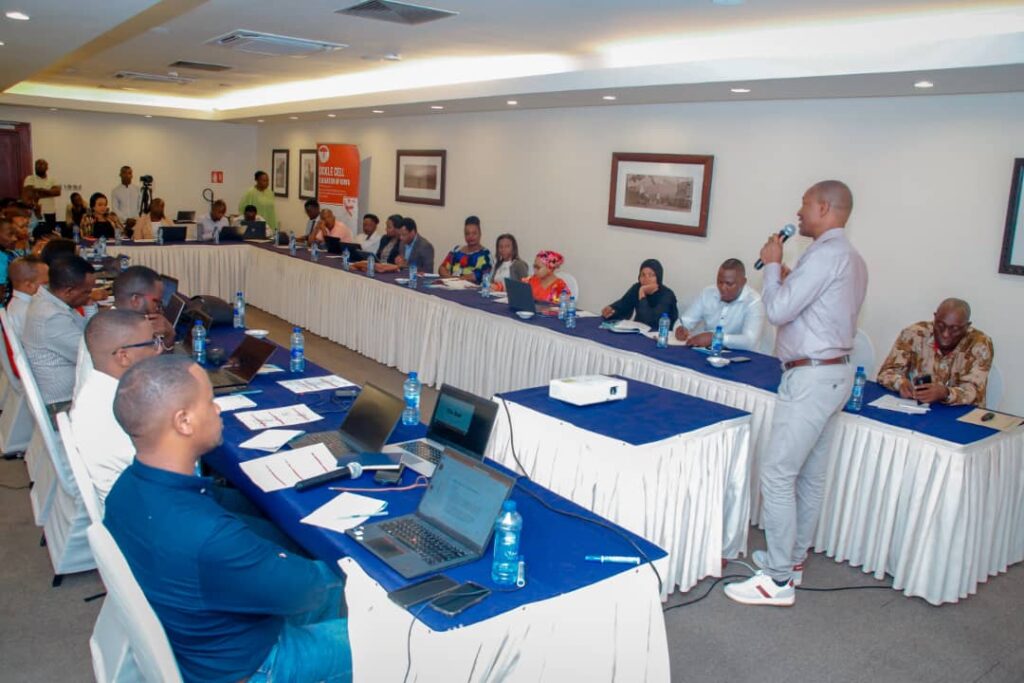- Tanzania this week hosted a regional health meeting focused on uniting East African countries in the fight against haemophilia and sickle cell disease.
- The programme has trained hundreds of health workers, established 23 integrated clinics, and introduced new-born screening in remote regions.
- Leaders from Kenya, Uganda, Rwanda, and Tanzania shared progress, lessons, and a joint vision for the future of blood disorder care.
Date es Salaam, Tanzania – A regional health meeting held this week in Dar es Salaam brought together experts, health officials, and patient representatives from Kenya, Uganda, Rwanda, and Tanzania to reflect on progress in care for people with blood disorders and to strengthen cohesion across the region.
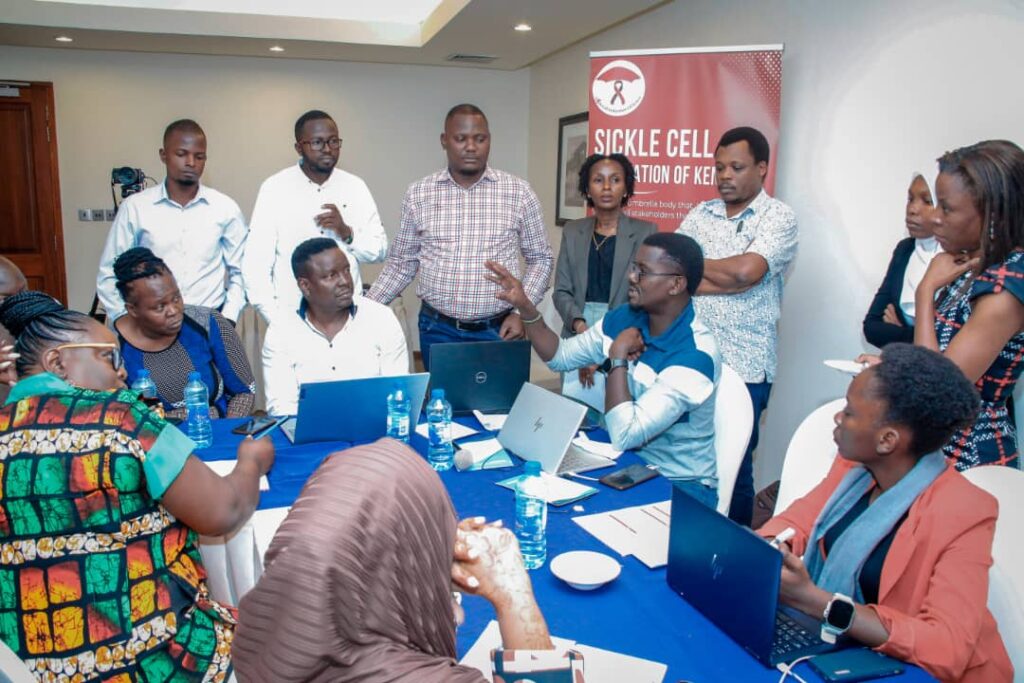
The two-day event marked the close of a joint programme aimed at improving services for people with haemophilia and sickle cell disease and laid the groundwork for the next phase of collaboration.
Hosted by the Haemophilia Society of Tanzania with support from the Novo Nordisk Haemophilia Foundation, the meeting provided a space for countries to share lessons, review impact, and align future priorities. It also reinforced the importance of continued partnership between governments, health providers, and patient organisations.
Prof Lawrence Museru, Executive Director of Muhimbili National Hospital, welcomed participants to Dar es Salaam and commended the programme’s achievements. He noted the value of cross-country learning and the importance of building on the progress made through strong institutional collaboration.
In her opening remarks, Dr Stella Rwezaula, Chairperson of the Haemophilia Society of Tanzania, welcomed the regional partners and emphasised the role of shared experience in building stronger systems. “We are celebrating what we have achieved together while looking ahead with a unified vision. Tanzania is proud to be part of a regional effort that is transforming care for people with blood disorders.”
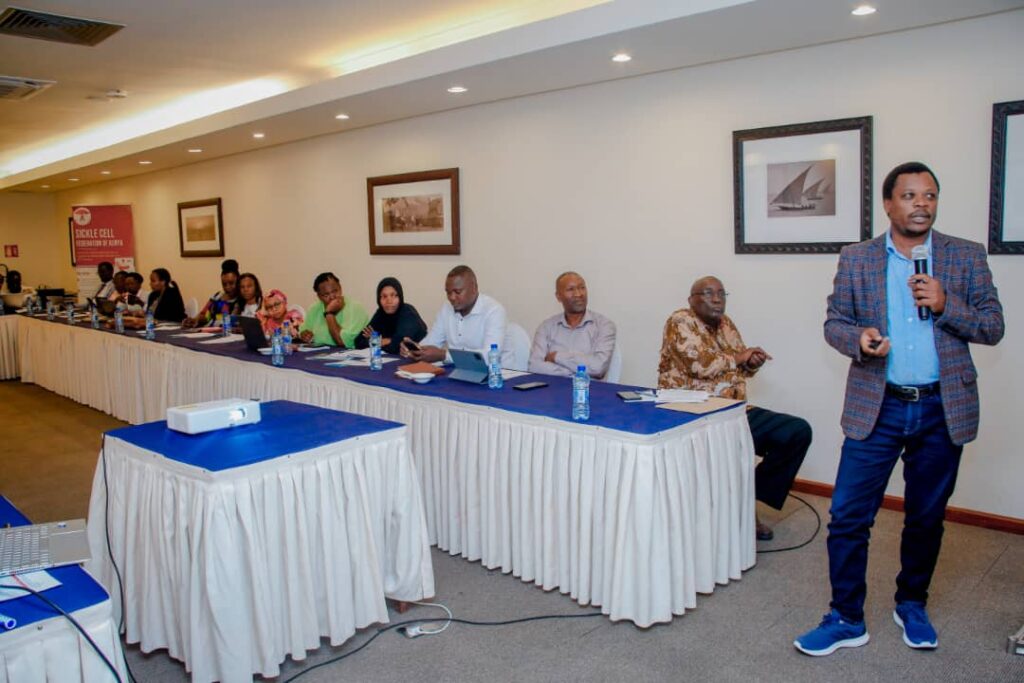
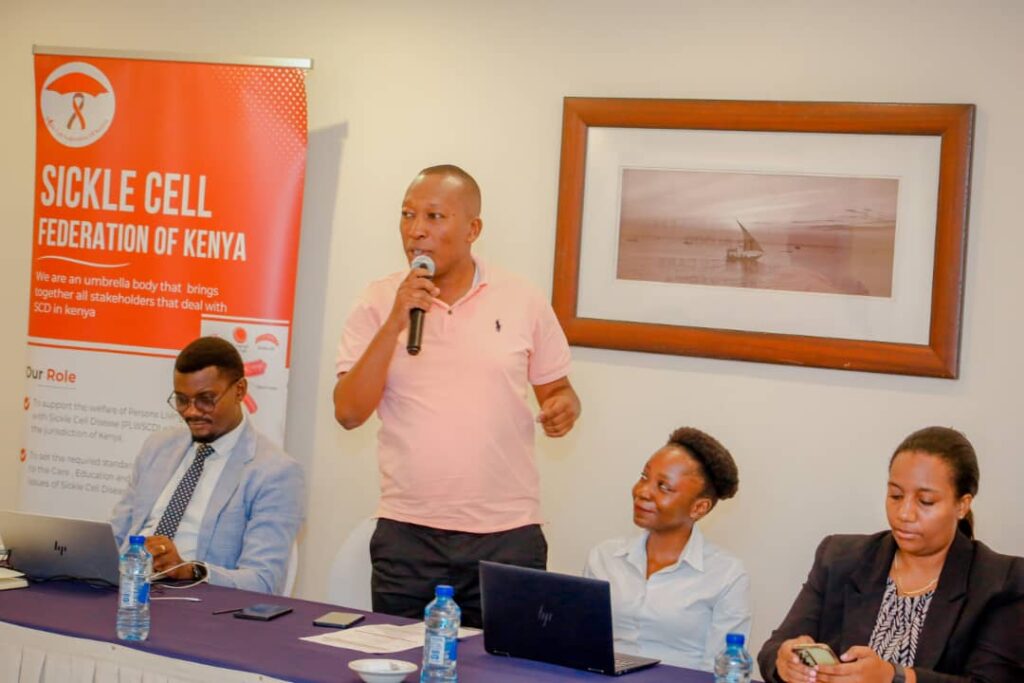
Since its launch in 2023, the programme has helped train more than 660 healthcare providers across the four countries. Twenty-eight professionals received specialised training in South Africa, India, and Kenya. In Tanzania, nine of these specialists are now supporting services in seven referral hospitals including Rukwa, Manyara, Tabora, Tanga, Kagera, Zanzibar, and Mara.
Across the region, 23 integrated clinics were strengthened or newly established to provide combined haemophilia and sickle cell services. These clinics have improved access and reduced travel time for patients and families, many of whom previously relied on central hospitals for basic care. During the programme period, over 400 individuals were newly diagnosed or reconnected to care. In Tanzania, 74 people were identified and linked to services.
National treatment guidelines were developed and these frameworks are now guiding standardised care and expanding frontline capabilities. Kenya also established a Centre of Excellence at the Kenya Medical Training College to lead regional training on blood disorders. Dr Kibet Peter Shikuku of the Kenya Haemophilia Association reflected on the practical value of the collaboration. “This partnership allowed us to move faster and more effectively. We shared training models, advocacy strategies, and built something that each country can now sustain and build upon.”
Advocacy and patient engagement were a key part of the programme. Youth training, organisational development, and exchange visits helped strengthen national patient groups. In Uganda, advocacy led to the allocation of public funds for diagnostic reagents. In Tanzania, blood disorder care is being integrated into government health planning for the first time.
Ms Agnes Kisakye of the Haemophilia Foundation of Uganda said the progress is being felt at the community level. “Access to care is improving and families feel supported. These changes are not only about systems but about real people who are finally being seen and heard.”
The meeting in Dar es Salaam focused not only on achievements but also on sustainability. Delegates worked through a joint planning process to identify regional priorities for the next two years. These include expanding outreach services, increasing early diagnosis, strengthening data systems, and ensuring that national governments continue to invest in care.
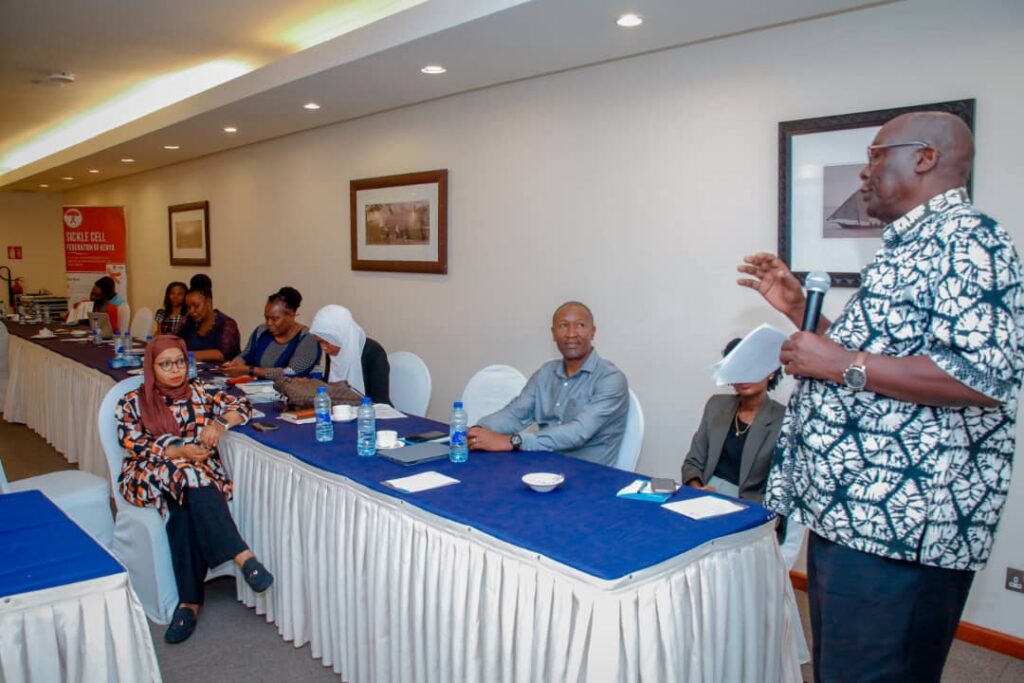
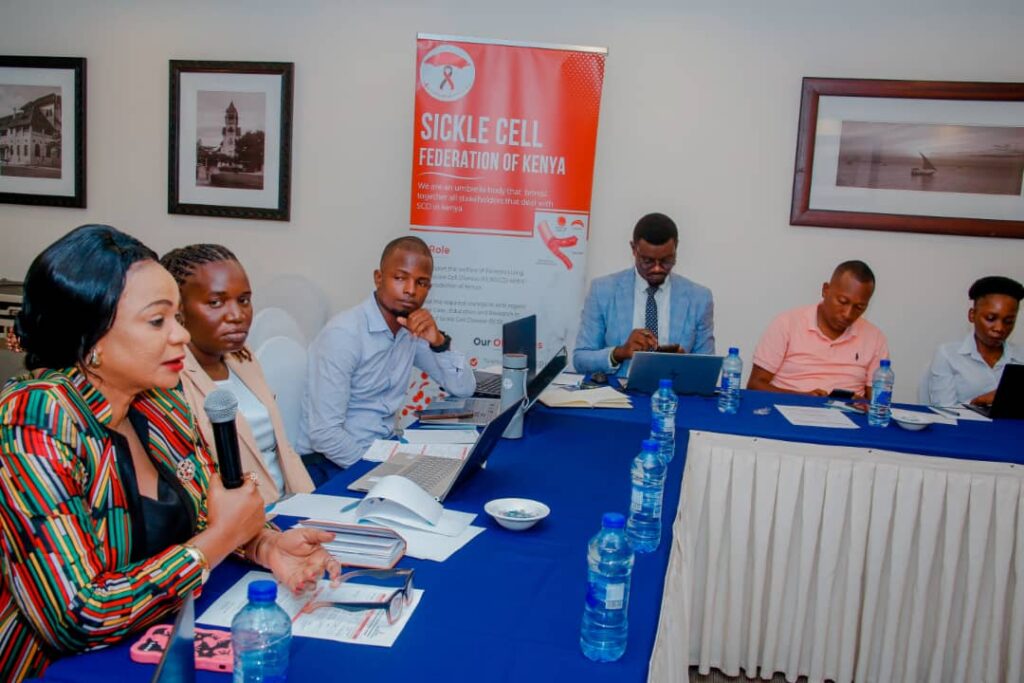
Dr Evariste Ntaganda of the Rwanda Federation of Hemophilia underscored the strength of the regional approach. “Our countries moved together and that created a level of trust and learning we would not have had on our own. This is what health leadership looks like when it is shared.”
The programme also piloted newborn screening in Mara, Tanzania, where more than 2300 infants were tested for sickle cell disease. Around 400 children have now been enrolled into care. With an estimated 20000 children born with sickle cell disease each year in East Africa, the need for early detection and sustained care remains a high priority.
Participants agreed that one of the most important lessons from the programme is the value of working closely with government systems. National ownership ensures wider reach and long-term sustainability. “When you work with government, you reach more people and strengthen systems that last,” said Llyord Mwaniki, Programme Manager, Novo Nordisk Haemophilia Foundation
Muhimbili National Hospital (MNH) has been instrumental in supporting haemophilia care in Tanzania, providing essential resources and expertise. Professor Mohamed Janabi, the Executive Director of MNH, has emphasized the importance of public education and awareness on rare diseases, including haemophilia. In March 2025, during an event marking World Rare Disease Day, he stated, “Strengthening the capacity of medical practitioners will enable them to understand various aspects of rare diseases, thus improving diagnosis and treatment.”
As the regional initiative enters its next phase, partners reaffirmed their commitment to staying aligned, learning from each other, and keeping people with haemophilia and sickle cell disease at the centre of national health systems.
